È una batteria da 10 kW sufficiente per gestire una casa?
Quando stai esplorando lo stoccaggio dell'energia domestica, Una delle prime domande riguarda sempre le dimensioni e la capacità. Vedi numeri come "10kw" e meraviglia, "È abbastanza per gestire la mia casa durante un'interruzione di corrente?" È una domanda cruciale, E la risposta dipende da cosa vuoi alimentare e per quanto tempo.
Primo, Chiariamo un termine chiave. L'energia di una batteria è in chilowatt (kW), ma la sua capacità di accumulo di energia è in chilowattora (kWh). Quando le persone chiedono una "batteria da 10kW" per il runtime, Quasi sempre significano una batteria da 10kWh. Una batteria da 10kWh è spesso sufficiente per eseguire i carichi essenziali di una casa, come le luci, frigorifero, e Internet: per molte ore o durante la notte. Tuttavia, Generalmente non è sufficiente gestire un'intera casa, Soprattutto con carichi pesanti come l'aria condizionata ad alta potenza, Per un periodo prolungato.
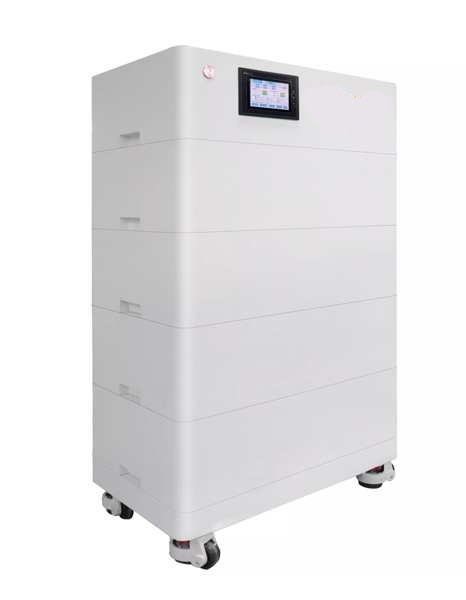
A Gycx solare, Siamo specializzati nella progettazione batteria domestica impilabile sistemi perfettamente dimensionati per le esigenze dei nostri clienti, Che si tratti di backup essenziale durante un tifone o per massimizzare il risparmio di energia solare. Ci immerciamo nei dettagli.
Cosa sono le batterie impilate?
Ascolterai spesso moderne soluzioni di stoccaggio energetico denominate "impilate" o "impilabile" batterie. Cosa significa questo, E come è diverso da un singolo, Batteria autonoma?
Batterie impilate, o "Batterie impilabili," Le unità di accumulo di energia modulari sono specificamente progettate per essere posizionate fisicamente insieme e interconnesse elettricamente per formare un più grande, Banca della batteria unificata. Ogni modulo è una batteria autonoma (spesso utilizzando chimica al litio LFP sicura con il proprio BMS) Questo funge da costruzione. Questo design ti consente di ridimensionare facilmente la capacità del sistema aggiungendo più moduli, Creazione di una soluzione energetica personalizzata e resistente al futuro.
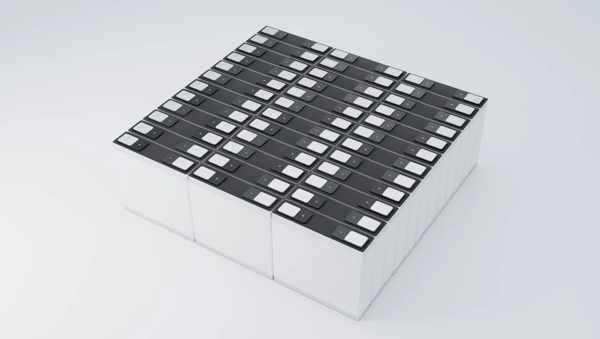
Immergersi più in profondità: La potenza del design modulare
Il concetto di a batteria domestica impilabile è costruito su diversi principi chiave:
- Modularità: Ogni unità della batteria è un modulo standardizzato (PER ESEMPIO., 5kWh). Ciò ti consente di iniziare con la capacità di cui hai bisogno ora e aggiungerne di più più tardi.
- Scalabilità: Questo è il vantaggio principale. Se acquisti un veicolo elettrico in futuro, Puoi semplicemente aggiungere un altro modulo batteria al tuo stack invece di sostituire l'intero sistema.
- Progettato per sicurezza: Questi moduli sono progettati con funzionalità per impilamento fisico sicuro (come involucri di incastro o montaggio di rack) e hanno terminali protetti per un collegamento elettrico sicuro.
- Integrazione intelligente: Ogni modulo ha il proprio sistema di gestione della batteria (BMS), e sono progettati per comunicare tra loro e il tuo inverter solare per operare come un singolo, intelligente, e banco di batterie altamente efficiente.
Questo approccio, che utilizziamo su Gycx Solar, Fornisce ai nostri clienti un percorso flessibile ed economico verso l'indipendenza energetica.
Quanto durerà una batteria da 15kWh?
Comprendere il runtime è la chiave per dimensionare la batteria. Se una batteria da 10kWh non è abbastanza per un'intera casa, Quanto più tempo ti dà una batteria da 15kWh più grande?
UN 15negozi di batterie KWH 50% Più energia di una batteria da 10kWh, Quindi durerà 50% più lungo mentre alimenta gli stessi carichi familiari. Per esempio, Se una raccolta di elettrodomestici essenziali 500 Watts avrebbe prosciugato una batteria da 10kWh in circa 20 ore, Lo stesso carico sarebbe alimentato da una batteria da 15kWh per approssimativamente 30 ore.
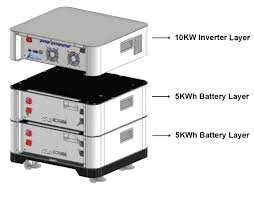
Immergersi più in profondità: Un pratico confronto di runtime
Diamo un'occhiata in matematica con alcuni carichi familiari comuni in Corea del Sud:
La formula: Runtime (Ore) = Capacità della batteria (in Wh) / Carico (in watt)
- Una batteria da 10kWh = 10,000 Wh
- Una batteria da 15kWh = 15,000 Wh
| Scenario | Carico medio | 10Runtime della batteria KWH | 15Runtime della batteria KWH |
|---|---|---|---|
| Solo essenziali (Frigo, luci, Wifi, TV) | 500 Watt | ~ 20 ore | ~ 30 ore |
| Uso moderato (Essenziale + Pentola di riso, PC desktop) | 1,500 Watt | ~ 6,7 ore | ~ 10 ore |
| Uso pesante (Essenziale + un condizionatore d'aria a una camera) | 2,500 Watt | ~ 4 ore | ~ 6 ore |
Come potete vedere, Quel 5KWh extra di capacità in un sistema da 15kWh fa una differenza significativa. Può essere il margine di cui hai bisogno per eseguire il tuo condizionatore d'aria per alcune ore comode durante un'interruzione notturna estiva o darti un ulteriore giorno di sicurezza. Dimensionamento con un batteria domestica impilabile Il sistema è facile: è spesso semplice come aggiungere un altro modulo.
Sono valne le batterie dello stack di alimentazione?
Sta investendo in un modulare, Sistema di batterie impilabili - uno "stack di alimentazione" - una decisione finanziaria intelligente? Il vantaggio di avere questa potenza di backup scalabile e l'archiviazione solare giustificano il costo?
sì, Per la maggior parte dei proprietari di case, Un sistema di batterie impilabili è un investimento eccellente. Il valore proviene da tre aree chiave:
- Risparmio finanziario: Memorizzando un'energia solare in eccesso da utilizzare durante le ore serali di punta, Puoi ridurre significativamente le bollette dell'elettricità da provider come KEPCO.
- Sicurezza energetica: Fornisce una preziosa tranquillità e potenza di backup senza soluzione di continuità durante le interruzioni causate da tifoni o altri problemi di griglia.
- Flessibilità a prova di futuro: La possibilità di aggiungere facilmente più capacità in seguito protegge l'investimento iniziale e consente al sistema di adattarsi alle mutevoli esigenze energetiche.
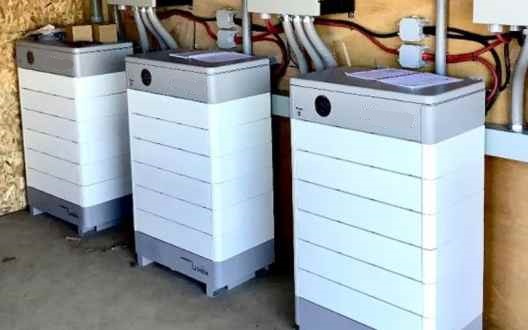
Immergersi più in profondità: Il ritorno sull'investimento
Diamo un'occhiata alla proposta di valore:
- Riduzione del conto: Una batteria consente di massimizzare "l'autoconsmento solare." Invece di vendere la tua energia solare in eccesso alla griglia, Lo conservi e lo usi da solo quando l'elettricità è più costosa. Questo offset diretto è il modo più veloce per vedere un ritorno sull'investimento solare e batteria.
- Alimentazione di riserva: Qual è il costo di un'interruzione di corrente? Per una famiglia, Potrebbe significare cibo viziato, Niente luci, e niente Internet. Per qualcuno che lavora da casa, Significa produttività persa. Una batteria fornisce senza soluzione di continuità, silenzioso, e potenza automatica nel momento in cui la griglia fallisce.
- Scalabilità: Questo è un vantaggio unico del design impilabile. Non devi acquistare un enorme, sistema di grandi dimensioni oggi. Puoi iniziare con un sistema da 10kWh e, Se si acquista successivamente un veicolo elettrico o si installa un condizionatore d'aria, Puoi semplicemente avere un professionista Aggiungi un altro modulo da 5kWh o 10kWh. Questo rende lo stoccaggio di energia più accessibile e adattabile.
Gycx Solar Story: "Un cliente a Seoul era titubante per il costo di una batteria di grandi dimensioni. Abbiamo installato un sistema stackable di avviamento da 10kWh. Un anno dopo, Hanno comprato un EV. L'aggiornamento era semplice ed economico: abbiamo appena aggiunto un secondo modulo da 10kWh alla loro configurazione esistente. Adoravano la flessibilità."
Qual è il 80 20 Regola per le batterie al litio?
Potresti aver sentito parlare del "80/20 regola1" per ricaricare telefoni o laptop e si è chiesto se si applica alle grandi batterie di casa. Cos'è questa regola, ed è importante per il tuo La salute della batteria2?
La "regola 80/20," più accuratamente chiamato il "Regola 20-80," è una linea guida per massimizzare la durata del ciclo di alcuni tipi di batterie agli ioni di litio. Suggerisce che per uso quotidiano, Dovresti cercare di mantenere lo stato di carica della batteria fra 20% E 80%. Evitare gli estremi di un pieno 100% carica e un profondo 0% Lo scarico può ridurre lo stress sulla batteria e aiutarla a durare più a lungo.
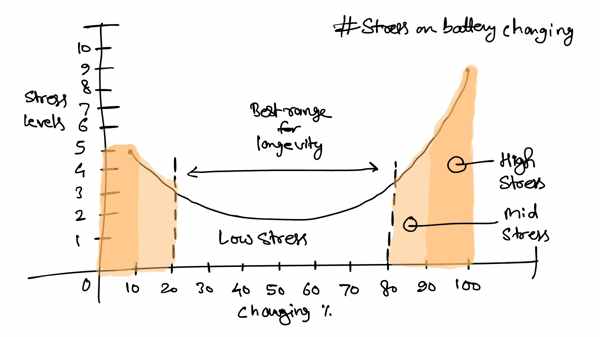
Immergersi più in profondità: Una migliore pratica per la longevità della batteria
Ecco uno sguardo più attento alla regola e a come si applica a a batteria domestica impilabile:
- Perché funziona: Le batterie agli ioni di litio sperimentano lo stress più chimico e meccanico quando sono a tensioni molto alte o molto basse, che corrispondono ad essere quasi pieni o quasi vuoti. Operando nel "punto debole" Nel mezzo è più delicato sui componenti interni, portando a una durata generale più lunga.
- È necessario per LFP? Questa regola è più critica per chimici come NMC, che sono comuni nell'elettronica di consumo. IL LFP (Fosfato di ferro al litio) La chimica utilizzata nei migliori sistemi di batterie per la casa è molto più robusta e tollerante per essere accusato 100%. Tuttavia, Il principio sottostante che i cicli più bassi sono meno stressanti dei cicli più profondi è ancora vero.
- Come i sistemi moderni lo gestiscono: La grande notizia è che non devi gestirlo manualmente! Un moderno BESS di Gycx Solar consente di programmare questi limiti direttamente nel software del sistema. Un'impostazione comune ed altamente efficace è:
- Imposta una riserva di backup: Puoi dirlo al sistema, "Non scaricare mai sotto 20% Durante il normale uso quotidiano; Salvalo 20% per un'interruzione di corrente." Ciò impedisce automaticamente scarichi giornalieri profondi e garantisce che si disponga sempre di una riserva di energia.
- Il sistema andrà quindi a pedalare tra il livello di riserva (PER ESEMPIO., 20%) E 100% ogni giorno, che è perfettamente sicuro e normale per le batterie LFP durevoli. Questo ti dà il meglio da entrambi i mondi: Uso massimo dell'energia solare e una riserva di backup protetta, Tutto mentre promuove una vita lunga e sana per la batteria.
Una batteria da 10kWh è un potente punto di partenza per la conservazione dell'energia domestica, Ma il suo vero potenziale è sbloccato in un modulare, batteria domestica impilabile sistema. Questo approccio fornisce la flessibilità di dimensioni perfettamente, La sicurezza della tecnologia LFP di lunga durata, e il valore di un investimento a prova di futuro. Comprendendo le migliori pratiche come il 20-80 regola3, Puoi assicurarti che il tuo sistema ti serva in modo affidabile per gli anni a venire.
Se hai più domande su come dimensionare una batteria per la tua casa o vuoi esplorare i vantaggi di un sistema scalabile, Il nostro team di esperti di Gycx Solar è qui per aiutare. Contattaci per una consulenza professionale!
Capire il 80/20 La regola può aiutarti a ottimizzare la durata e le prestazioni della batteria. ↩
L'esplorazione dei consigli di manutenzione della salute della batteria può estendere significativamente la vita e l'efficienza della batteria domestica. ↩
Scopri il 20-80 Regola per ottimizzare l'utilizzo della batteria ed estendere la sua durata efficace. ↩
